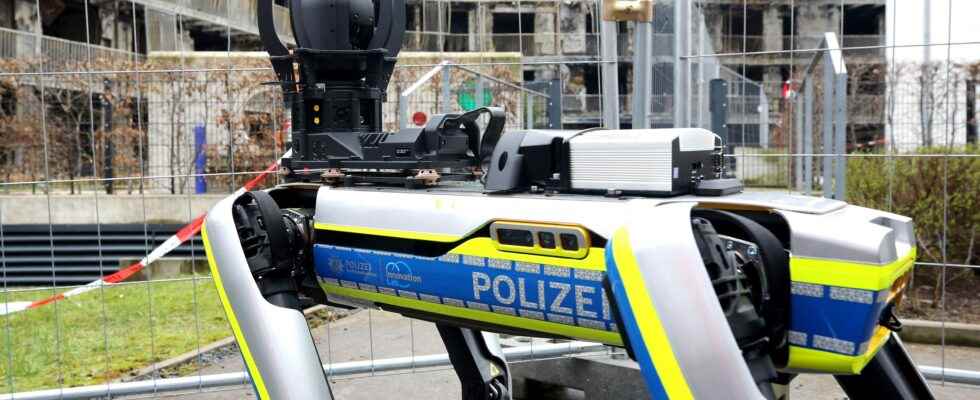Six and a half years ago, Dallas police were forced to improvise when a sniper shot and killed five officers during riots. Unable to approach the shooter, officers used a robot with an extendable arm to bring a charge of C-4 explosive close to the shooter before detonating their makeshift bomb, killing the maniac. The incident sparked a debate over whether law enforcement should be allowed to use robots to kill.
This topic came to the fore again in mid-November, when, after heated discussion, the San Francisco City Council voted in favor of a resolution allowing police officers to use ground robots to kill.” when the risk of death to members of the public or officers is imminent and officers cannot contain the threat after using alternative force options or de-escalation tactics. The first version of the law on the inventory of municipal police equipment, as part of a law on transparency of police arsenals passed by the State of California (AB 481), was silent on the appropriate use of robots , but one of the city councilors added a provision prohibiting armed robots in all circumstances. The police department responded with its own changes before conceding at the city council meeting that such actions needed to be cleared by one of the three senior police officials.
Eventually, after a nationwide media outcry over “killer robots”, the provision was removed from the text in a second vote without the ban reinstated. The measure was to concern the fleet of ground robots that the municipal police have for reconnaissance, demining and rescue operations. They are all unmanned and remote controlled. They would have been specifically armed for a particular situation. A few months earlier, police in nearby Oakland had also asked for the right to equip their robots with a firearm if needed as part of their own equipment inventory, before renouncing it in the face of the backlash. civil liberties associations.
Technologies from the battlefields
The fear of these associations is twofold: that the intermediation between the officer responsible for making the decision and his target by a machine will facilitate the use of force by dehumanizing the process; that people representing a threat are less inclined to enter into a de-escalation process when faced with a machine than when faced with a human. Finally, all believe that giving such generic permissions paves the way for robots driven entirely by algorithms capable of making decisions to kill on their own.
Such robots do not exist in the arsenal of law enforcement, and manufacturers are, moreover, extremely careful. In the aftermath of the school shooting in Uvalde, Texas, police equipment company Axon announced plans to develop Taser-equipped drones to incapacitate shooters before scrapping the idea after nine members resigned of the company’s ethics advisory board in protest. Boston Dynamics, maker of the famous humanoid Atlas and canine Spot robots, explicitly requested that these be unarmed after they were acquired by law enforcement. A few weeks before the San Francisco controversy, the Los Angeles police had unveiled with great fanfare its acquisition of the Spot robot for patrol missions, a robot which had already been noticed in 2020, the Singapore police testing it for ensure compliance with sanitary distancing measures between walkers in a city park.
But robots are only the most visible part of a deep movement to automate law enforcement response, which includes everything from speed cameras to gunshot detectors that have flourished in recent years in American cities. These instruments for capturing information, mainly in video form, trigger circuits for sanctioning offenses in the form of fines and perhaps tomorrow the neutralization of suspects, even with non-lethal means. If we must consider that civil security inevitably ends up recovering the technological progress developed on the battlefields, the news coming from the Ukrainian front on the use of automated systems capable of killing should worry us.
